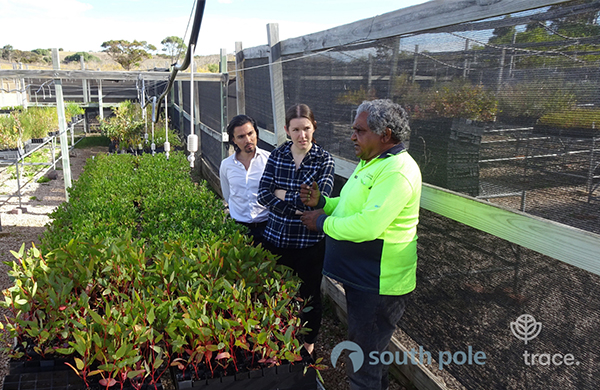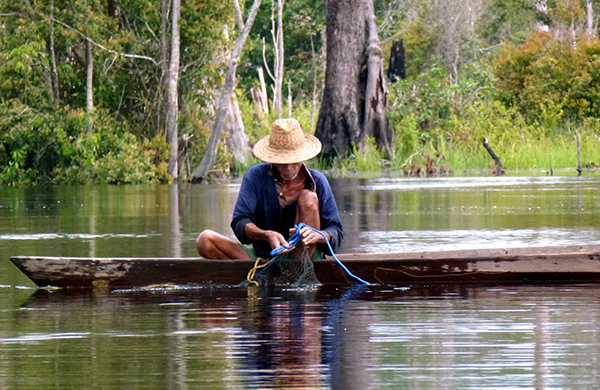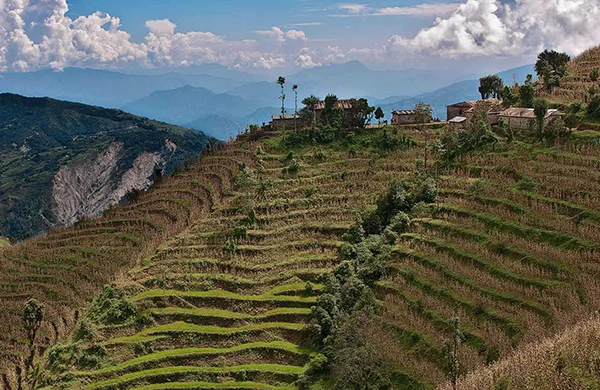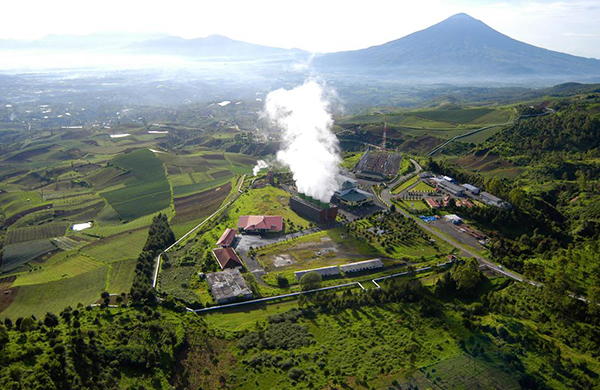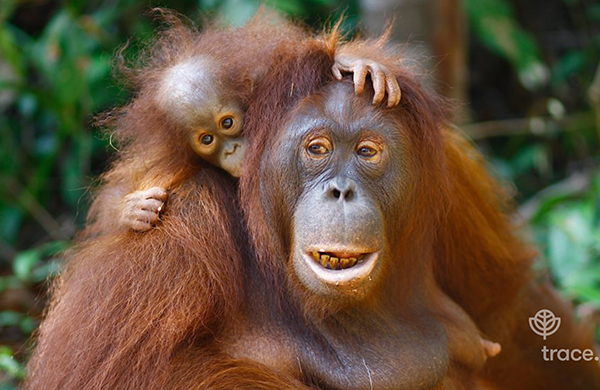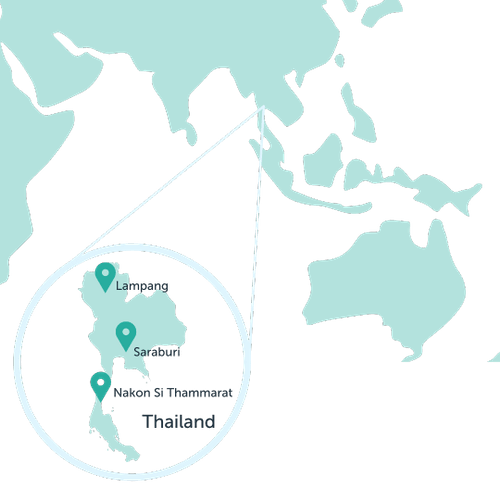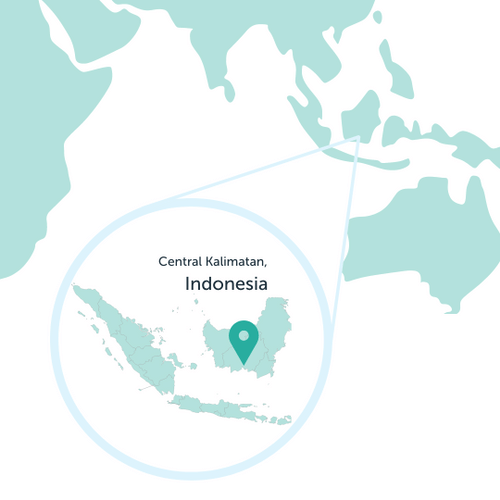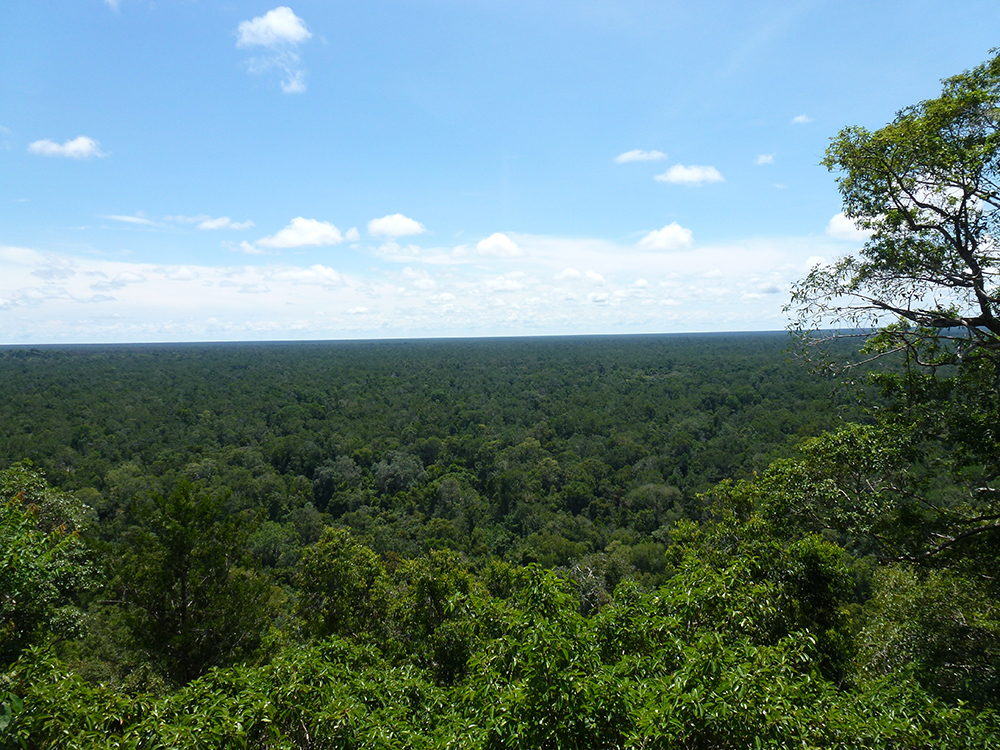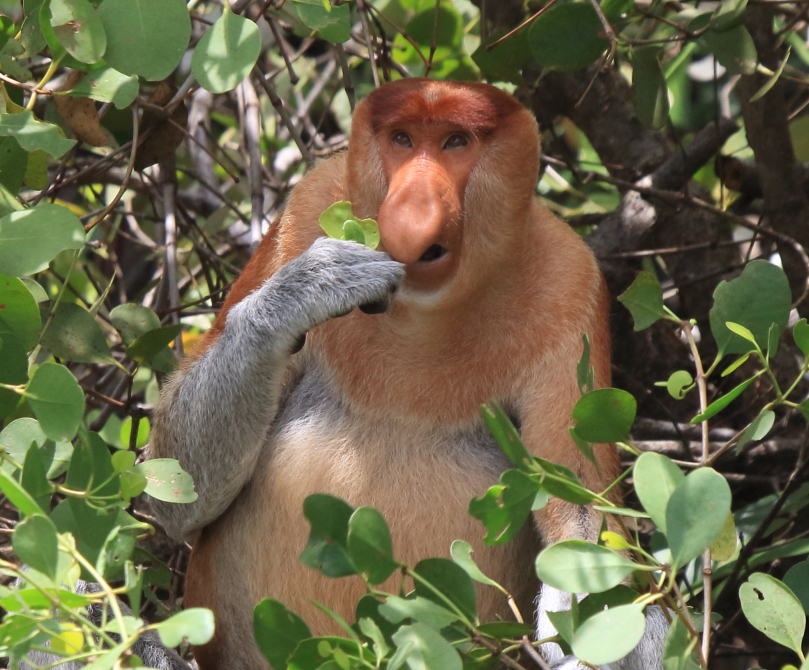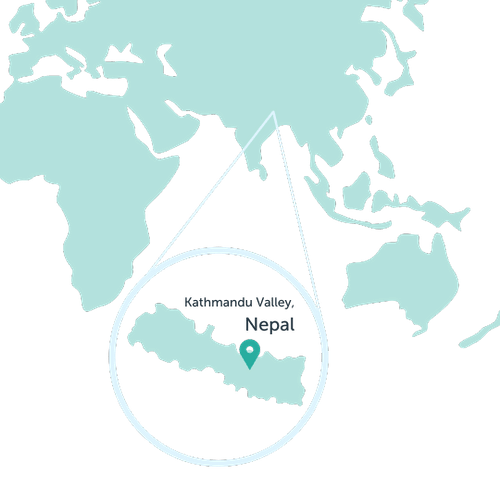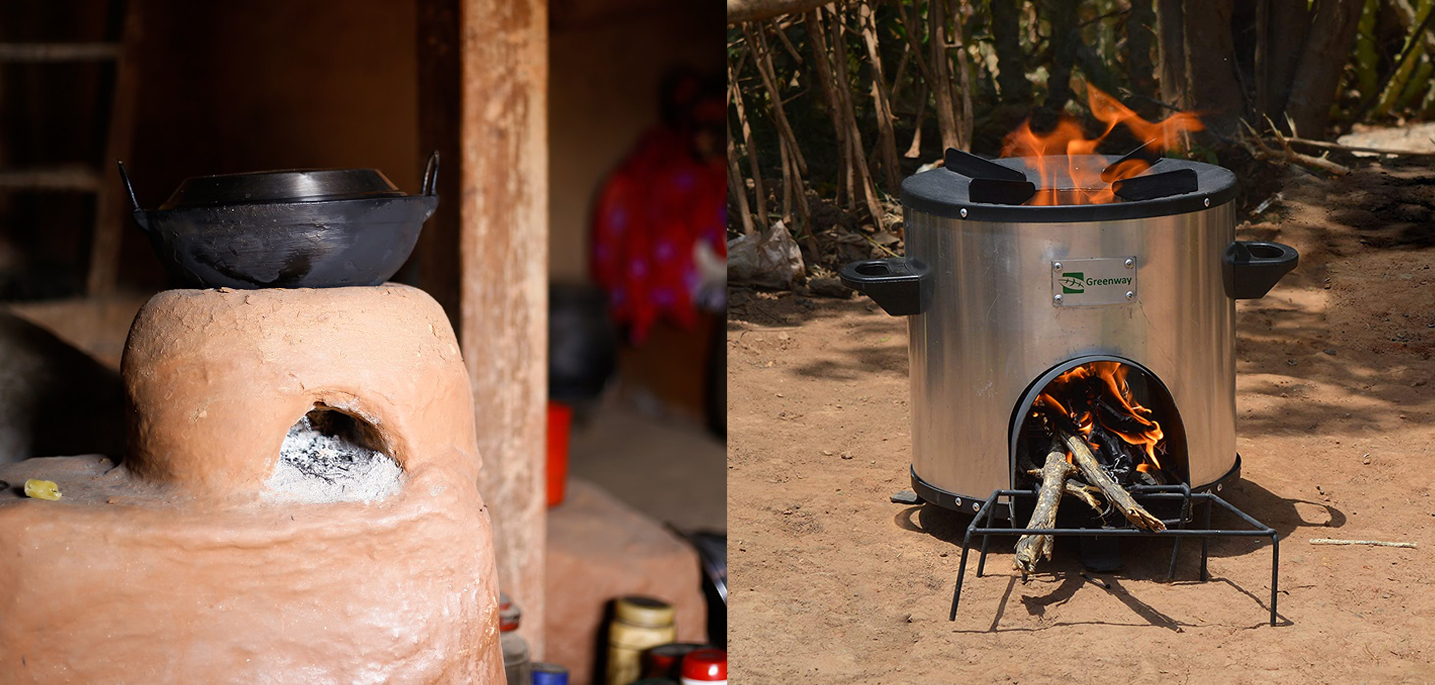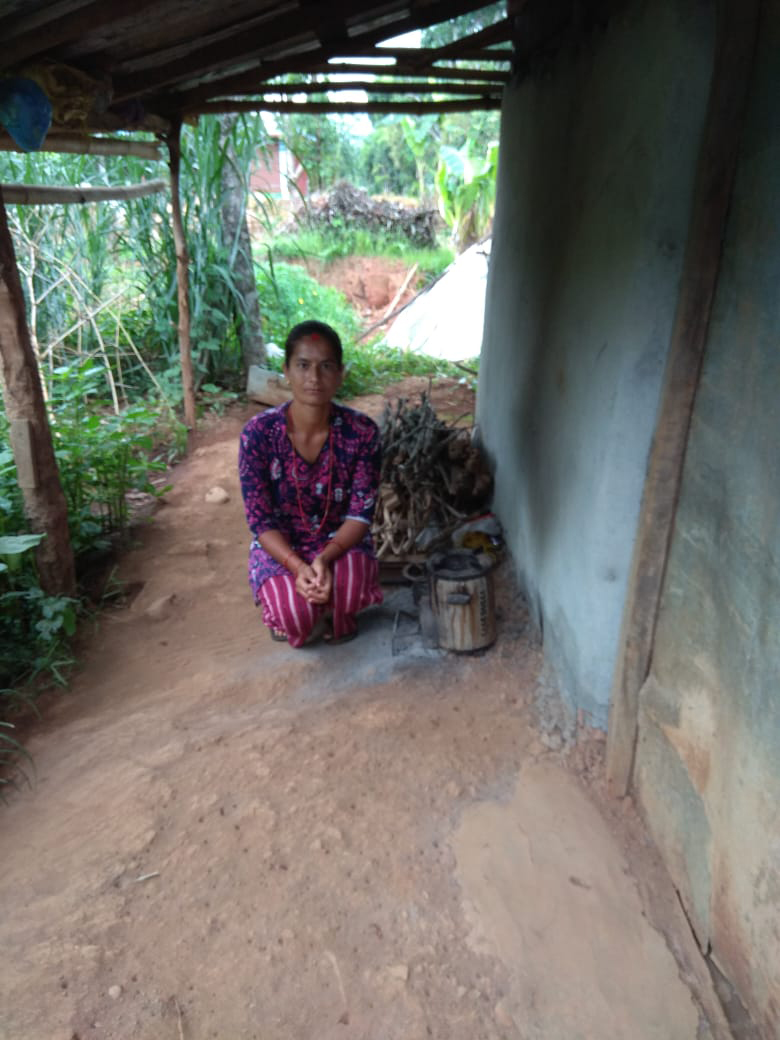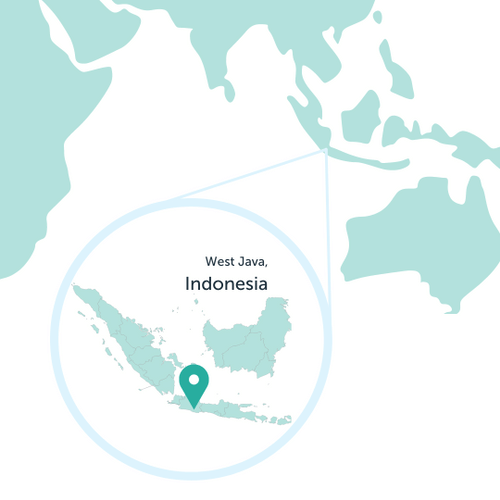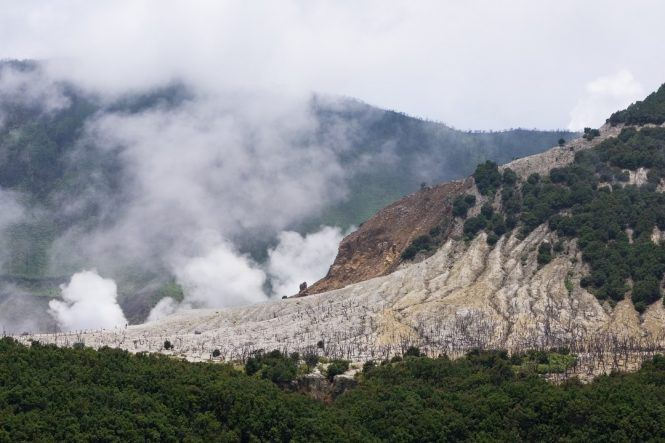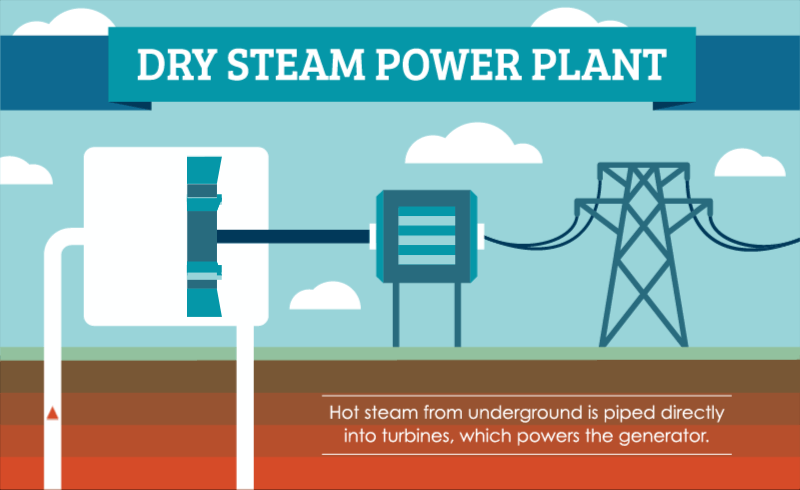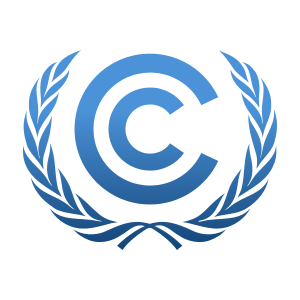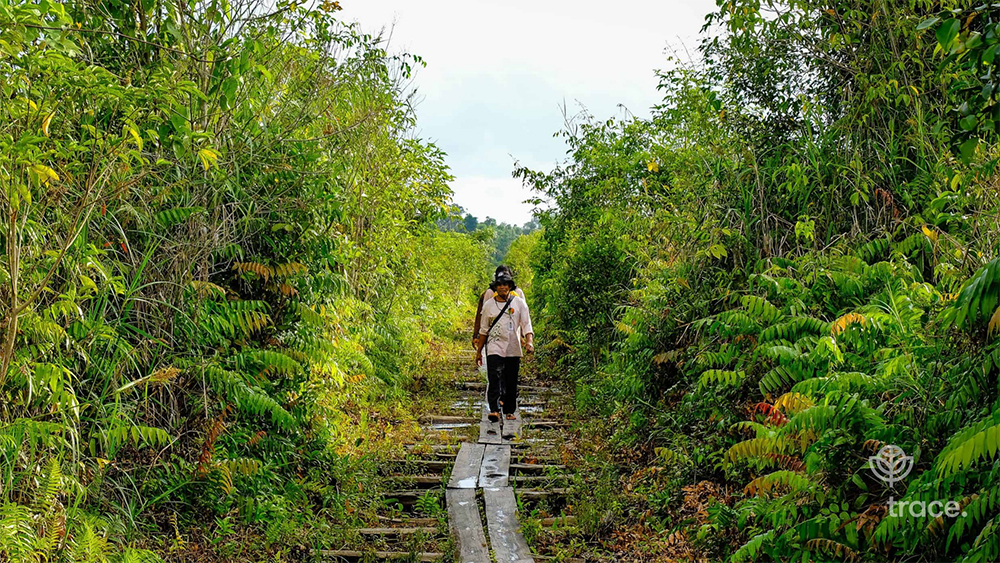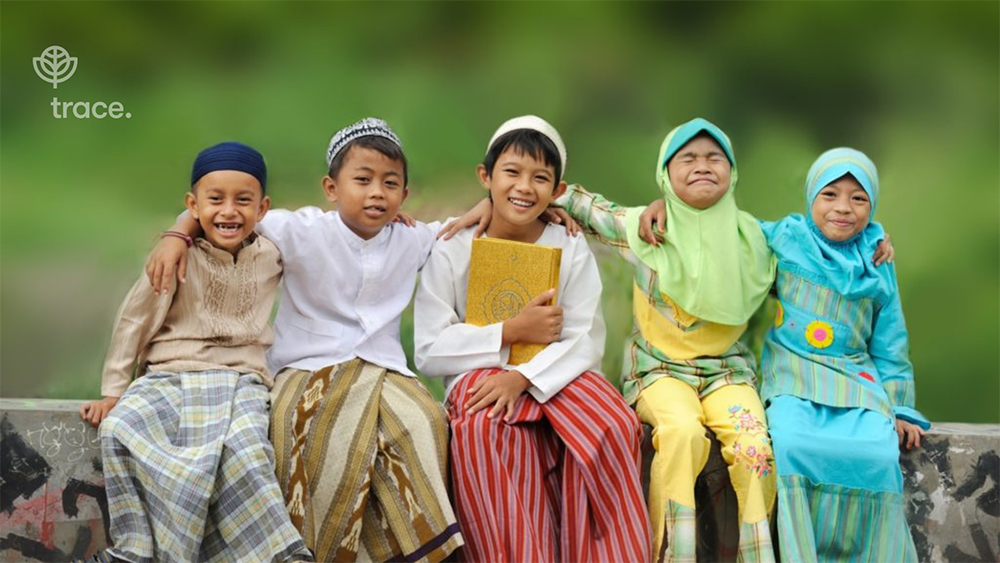Mount Sandy Conservation, Australia
Description
A land conservation project in partnership with the traditional land owners, the Ngarrindjeri people.
Community & Location
The Coorong National Park is home to Mount Sandy, a unique region with breathtaking landscapes, and where some of Australia's largest rivers meet the ocean making it the perfect breeding ground for unique wildlife. The region is the traditional land of the Ngarrindjeri people, who have looked after the region since ancient times and is now overseeing the revegetation of the native vegetation after much of it being cleared for farmlands.
Project snapshot
Project Mount Sandy was established in order to protect the land of the traditional Ngarrindjeri people who have seen much of the intact native vegetation being taken over by agriculture.
The 200-hectare project site is a unique mix of coastal shrublands and saline swamplands, and because of its diverse and iconic landscape, it is home to rare wildlife such as the Purple- gaped Honeyeater and Elegant Parrots. The land has belonged to the Ngarrindjeri people for thousands of years. As a result, the community has nurtured the land and built a solid intimate connection with it and continues to do so. Two of the Ngarrindjeri Elders, Clyde and Rose Rigney, oversee the entire ongoing management and conservation of the vegetation on their ancient soil.
Why we fund this project
Saving Australia's traditional lands, and the rightful natives who have strived for thousands of years to maintain the balance between nature and humans, is our duty. Preserving the unique flora and fauna of the diverse landscape is imperative. The land, spanning over 200 hectares, is slowly slipping into agriculture and farmlands which directly impacts the natural wildlife found in this region and result in the extinction of the sacred native plantations. To prevent this, we wish to help building a strong community that recognises the relationship between the Ngarrindjeri people and Mount Sandy.

How does this project help?
The Mount Sandy project ensures permanent protection of the regionally and culturally important pocket of biodiversity-rich land by partnering with its traditional owners. Part of the project is the local nursery located in the Raukkan Aboriginal Community, a self-governed Indigenous community 30 kilometres northwest of the project site, which supplies native plants for revegetation. Raukkan community members are also employed for onsite works, including vegetation monitoring, mapping, fencing, and pest and weed control. Activities which assist the local birds, animals, and plants to flourish undisturbed. The project also helps to reconcile the relationship between non-Indigenous Australians and the Ngarrindjeri Community, who represent the land.
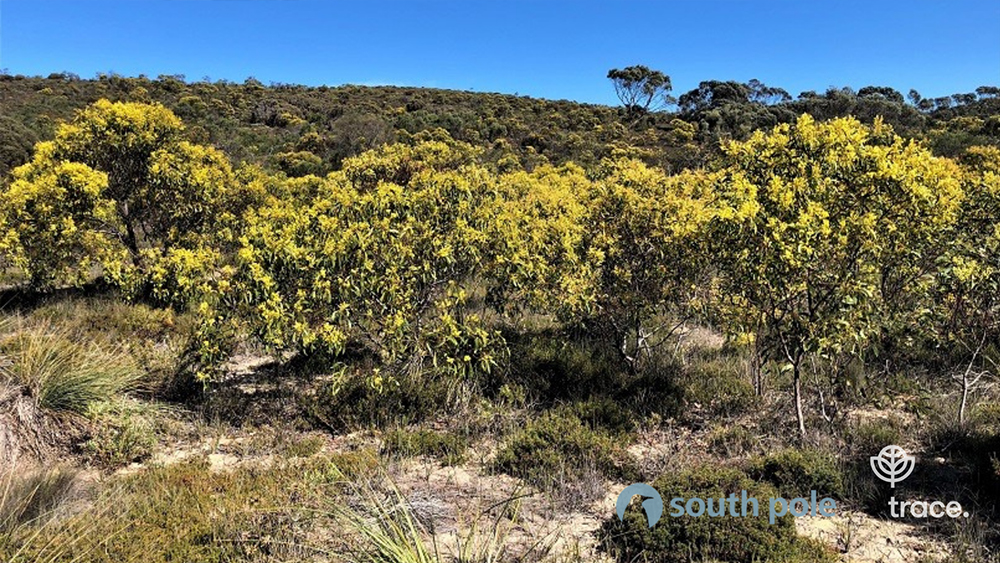
This project is also verified by...
Australian Biodiversity Units from the Mount Sandy conservation project are one half of South Pole's EcoAustralia™ climate protection solution; the other half is made up of carbon credits from the Changbin and Taichung Wind project, which are Gold Standard verified - you can learn more about Changbin and Taichung Wind here.
How does EcoAustralia™ work?
EcoAustralia™ is a stapled carbon credit solution that blends carbon credits with biodiversity protection. Each EcoAustralia™credit consists of 1 tCO2e of avoided emissions from a Gold Standard certified project, and one Australian Biodiversity Unit, equal to 1.5 m2 of government-accredited, permanently protected Australian vegetation.
Photos courtesy of South Pole.
